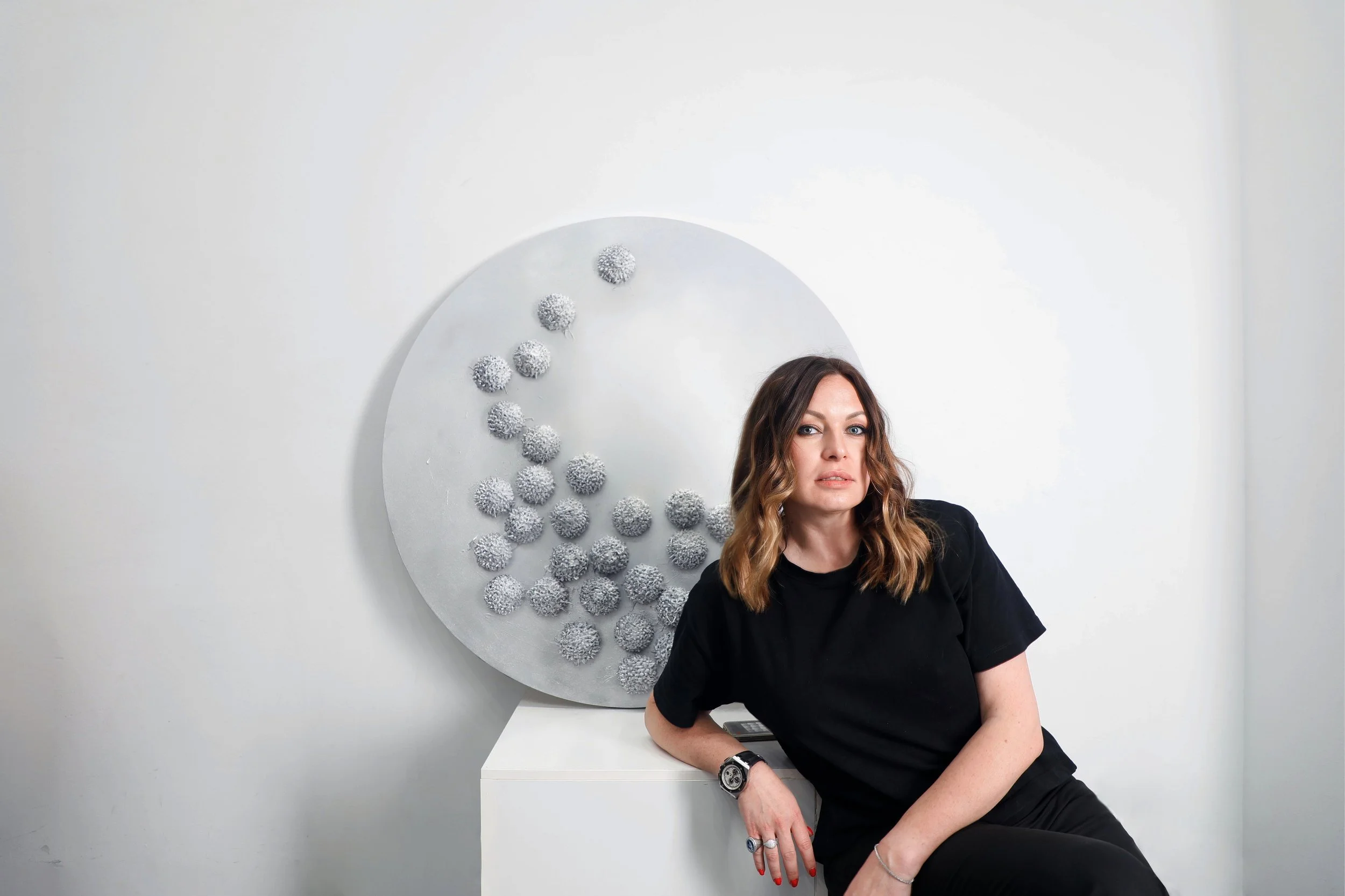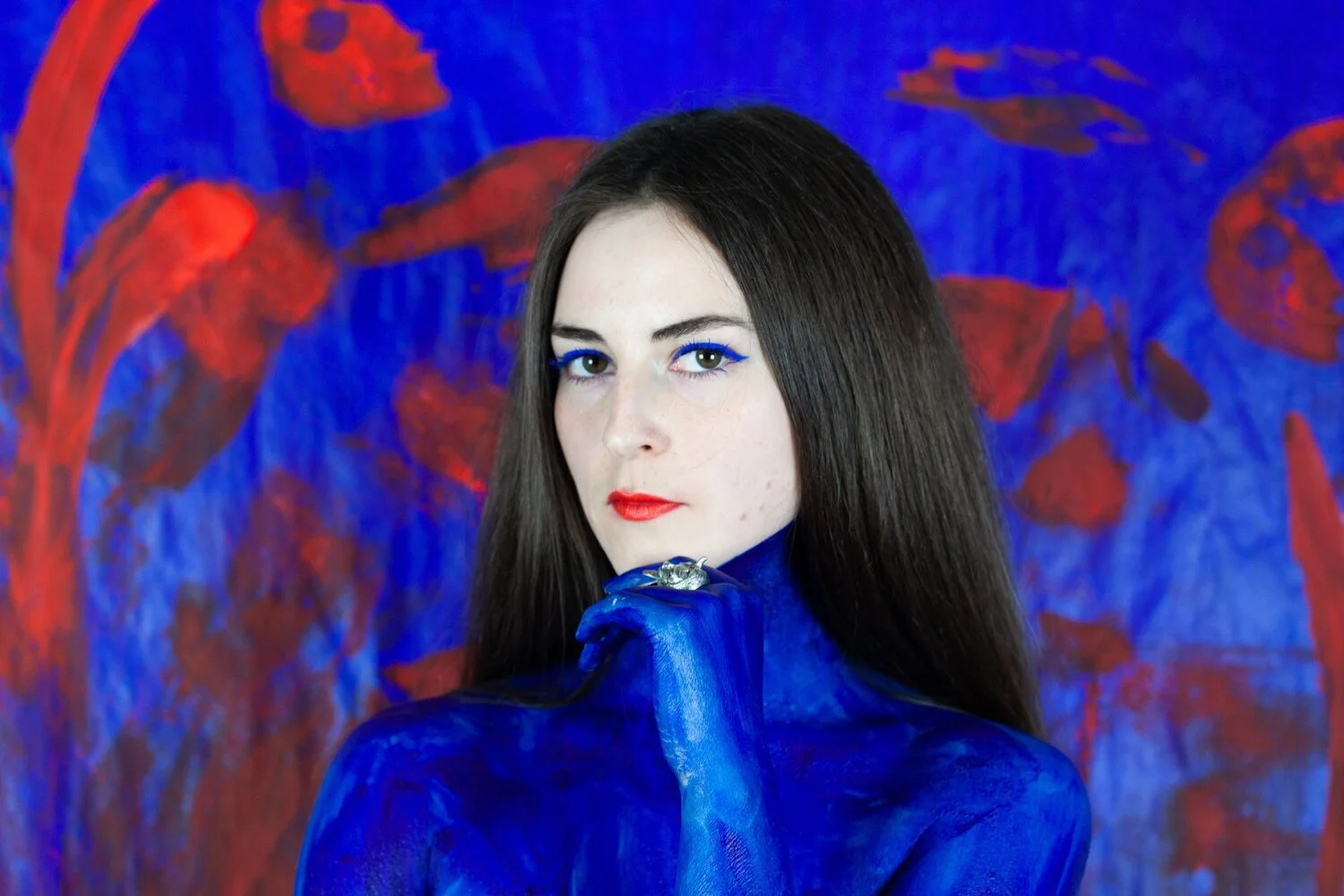8 Questions with Patrick Sevcik
Patrick Sevcik is a visual artist from Slovakia featured in Al-Tiba9 magazine ISSUE04, interviewed by Mohamed Benhadj.
Within the conceptual and post-conceptual strategies of contemporary art, sometimes, in its creation, there is no material form of the final work. In producing silk screen printings. He often negates, erases, or makes unreadable while pointing out emptiness and phenomena, involving various social and political themes. He has participated in numerous exhibitions in Portugal, the Czech Republic, Canada, Poland, Hungary, Slovakia, and Slovenia.
Why are you an artist, and when did you first become one?
When did I become an artist? Officially it was after graduation from the Academy of Arts. When I look back, since my childhood, I have always been interested in how things work, or I created my objects. I drew a lot. When I was seventeen, I played in a band. I was interested in music. I created a brand logo and designs for T-shirts and building plastic models. I have always felt the inner impulse to create something. Later I started to work intensively in fine arts and visual arts, and I graduated from the Academy.
What kind of education or training helped you develop your skillset?
I had prepared rather intensively before studying at an art college. I became acquainted with a Bulgarian artist who gave me an essential foundation for mimetic drawing, and this helped my admission to the pedagogical university in the field of art education. There I met other quality artists who inspired me and further influenced the shift forward in my work. I tried different forms and techniques. I learned a lot as a self-taught student. I enjoyed drawing, but I also enjoyed working with materials, making various objects. Finally, my intense interest in art led me to continue in studies at the Academy of Arts, where I now work as a teacher. I have to add that I like to experiment and look for different ways of presenting the work, and this fact provides for more significant experience and advancement in my work.
What themes do you pursue? What inspires you to work?
I follow different themes. I thematize life. I notice various things and impulses from my surroundings and subsequently process them. Sometimes these are trivial themes, sometimes social severe themes.
Can you tell us about the process of doing your work?
The process is diverse, and I deal with different themes. I do not work with only one medium, but I look for a suitable medium for a particular topic. You may find screen printing as ideal for certain things, then another technique or another way of presentation more appropriate for others.
What are you trying to communicate with your art by meeting text and photography?
I always try to communicate some information, a message. Letters as a graphic symbol are fascinating and inspiring for me. It is interesting from the visual point of view and inspiring, especially because putting words into texts offers an interpretative level. That tempts me to redefine familiar things, but I do not just work with a symbol or one letter. Since I am also close to conceptual art, I am more inspired by the text with its meaning level; it offers possibilities for interpretation of the work and word/meaning play. I devoted my time to writing in art already during my doctoral studies. I was particularly interested in the conceptual aspect of a word or text to relativize the printed version. Nowadays, I often point to the emptiness of words or make people look in the mirror. My approach is analytical, and the text opens possibilities to me. I use photography as a source of inspiration, especially recently. The photography does not only have a documentary level, but I further transform it and give it new meanings. Very often, they are common records or archive photographs that I move into new contexts.
The most exciting/challenging screen printing project you worked for?
Thematically interesting for me is the Day Off series, where I process photos from the seaside holiday, and I put them into context with different perceptions of the sea. The symbol of the holiday is, at the same time, a place of transportation of goods, environmental disasters, military exercises, and the like.
From a formal point of view, I have recently focused on an experiment with screen printing technology, where I am looking for new possibilities for its use. I create my technique based on screen printing but technically processed by hands like a monotype. I think I have not used up all the possibilities yet.
What aspect of your work do you pay particular attention to?
I pay special attention to how I communicate my work and decode so that the viewer can identify the work and have feedback. But I do not want to do it as an initial plan not to be descriptive and too decorative. The work must have an idea.
What experience of your life would you say that is reflected in your works of art?
Personal experience. Information.
What are your upcoming projects?
I want to continue my experiments with graphics techniques, objects, and installations. These days offer a lot of impulses that many artists have already worked on, but I think there will always be something new that can be processed and offered to the audience.




















